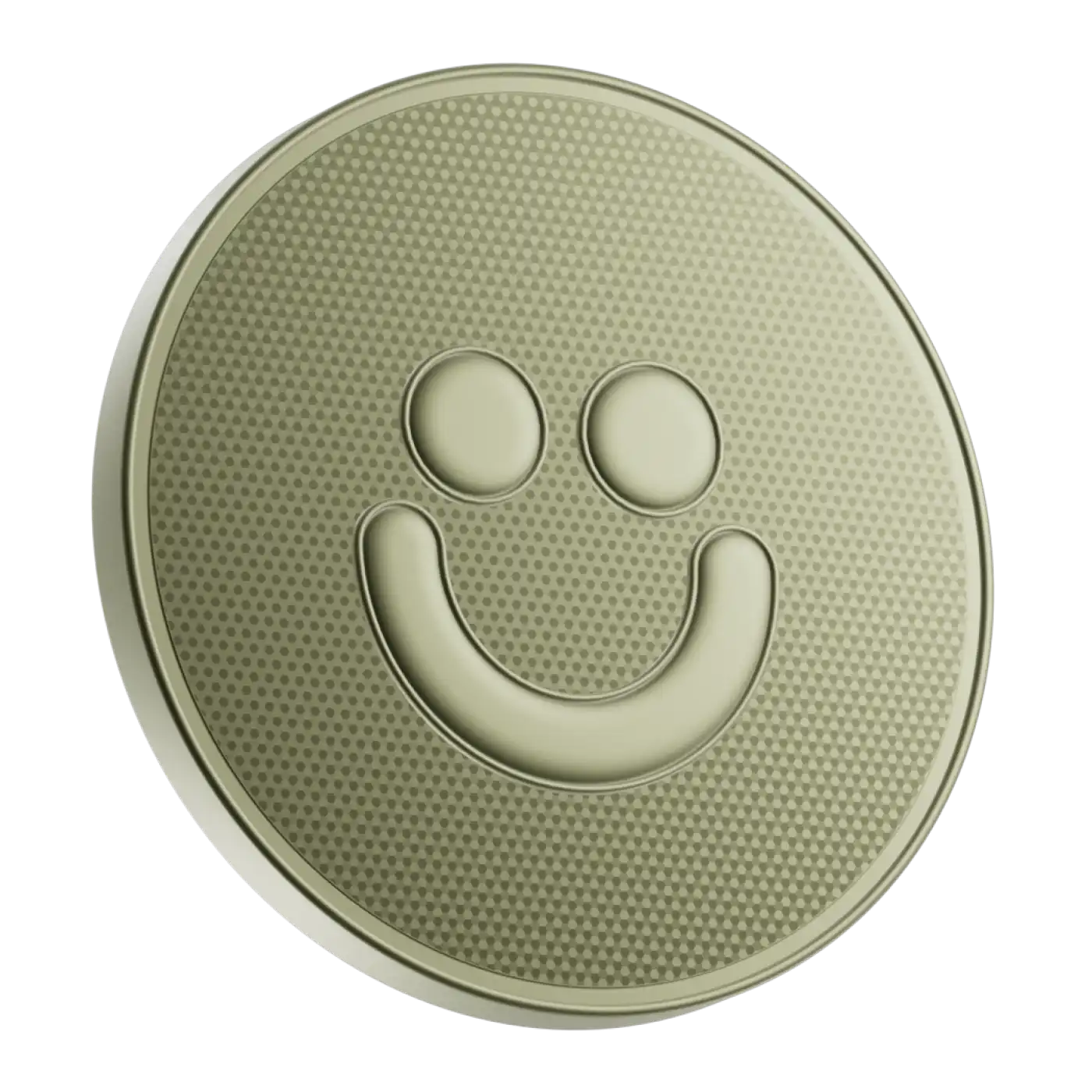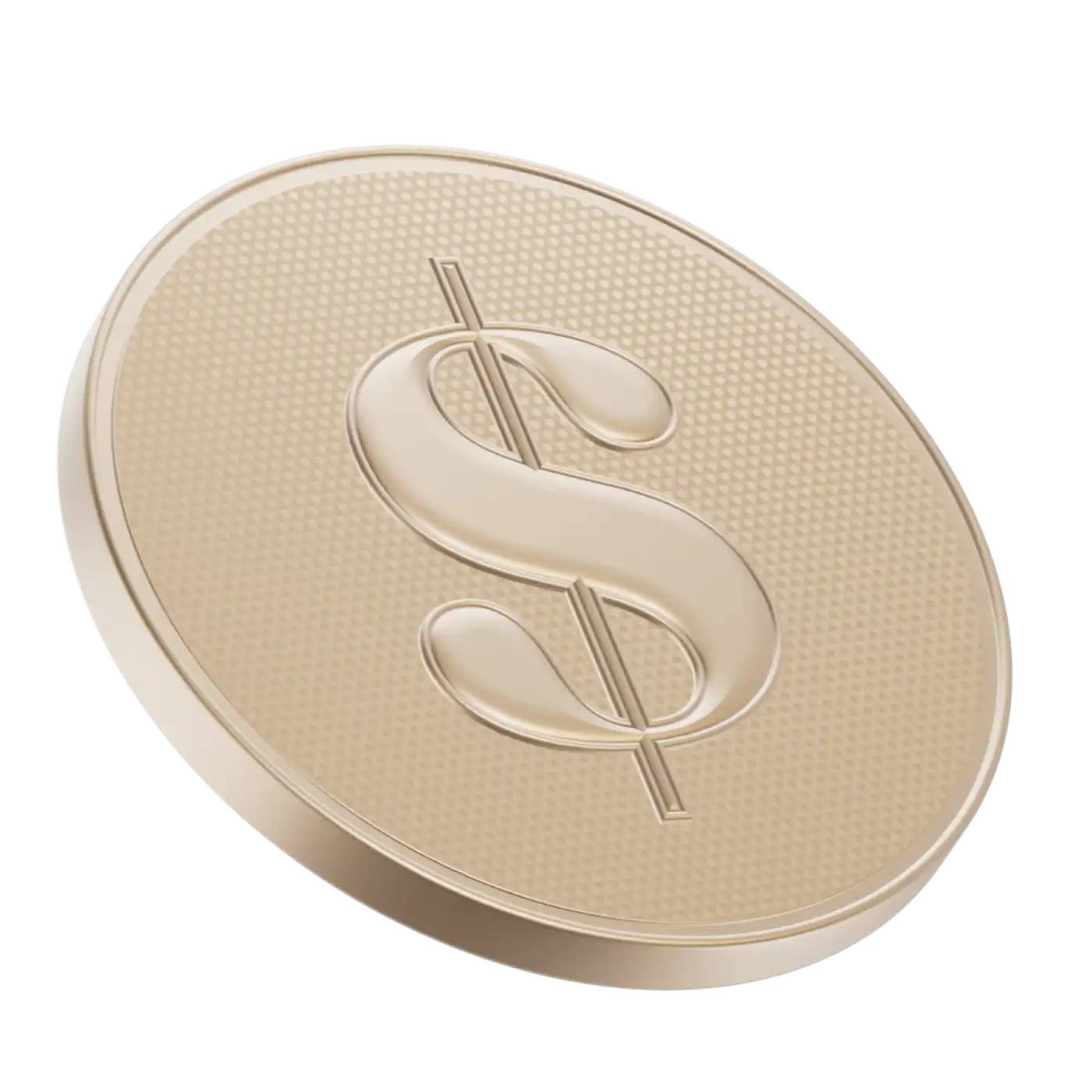Employees can claim various tax rebates, including work-related expenses that weren't reimbursed by their employer during the tax year. The T777, also known as Statement of Employment Expenses, is the form used by employees looking to claim various types of expenses we'll discuss shortly. Below is an overview of the form, including when it is necessary to fill one, who should fill it out, and how to do so.
What is Form T777?
The Statement of Employment Expenses is a unique form with several sections and boxes. It is designed for employees that want to claim work-related expenses that were not reimbursed by an employer. The form is usually submitted along with T2200 (Declaration of Conditions of Employment), issued by the employer denoting expenses the employee was required to incur. Essentially, if the employer did not require you to incur those costs, you cannot claim it on your T777.
You also won't be able to claim expenses that were reimbursed by your employer. However, you can claim accounting and legal fees, motor-vehicle expenses, lodging and showers, business advertising/promotion, and parking and travelling expenses. You can also claim meals and entertainment expenses, supplies, interest and leasing costs, expenses for workspace in the home, license and bonding premiums, and training costs. Other T777 expenses include salaries paid to an assistant or substitute, long-distance phone charges and airtime, office rent, and equipment leasing.
What to fill out on a T777?
Expenses: In this section, enter eligible amounts you are claiming on your income tax return. Depending on your situation, you may be able to claim accounting fees, advertising and promotion costs, legal fees, meals, lodging, parking, entertainment, supplies, and allowable motor vehicle expenses. Other expenses include apprentice mechanic tools, tradesperson tools, artist employment, musical instruments, and capital cost allowance.
Allowable motor vehicle expense: In this section, you can claim motor vehicle expenses incurred during the tax year. You are required to include the make, model, and year of the vehicle and total kilometres driven. Eligible motor vehicle expenses include fuel, maintenance, repairs, license, registration, insurance, capital cost allowance, interest, and leasing. You can also specify the expense. It’s important to know that the expenses will be prorated for business vs. personal use.
Workspace in the home expenses: This section is for taxpayers that work from home or use part of the house as an office. You can claim various workspace in the home expenses, including electricity, heat and water, insurance, maintenance, and property taxes. You can also specify payments not featured on the form. You can claim workspace in the home expenses incurred during the current tax year, and any unused expenses from prior years can be carried forward to future tax years, but you cannot claim expenses from previous or future years directly.
Capital cost allowance (CCA): Also known as depreciation, capital cost allowance allows you to claim part of the cost of specific equipment, such as musical instruments and motor vehicles. You can claim these amounts if you use the instrument to earn income for your employer and it allows you to deduct the depreciating value of your asset from your income, reducing your overall tax liability. The section has two parts, one for Classes 8, 10, 54, and 55, and the other for 10.1. Find more about each class.
Taxpayers can claim capital cost allowance if they meet specific eligibility requirements, including all general employment conditions for claiming employment expenses. Special rules apply to claiming CCA on motor vehicles. CCA is often claimed by commissioned sales employees and employed musicians who are required to use their own capital assets, such as vehicles or musical instruments, as a condition of their employment, but other employees may also be eligible if they meet the requirements.
What determines if a T777 is necessary?
While the T777 allows you to claim employment expenses, not all employed taxpayers can use this form. Only expenses that the employer required you to incur can be claimed. For this, you need a separate slip (T2200) from your employer, indicating all the necessary expenses you incurred. A comprehensive guideline for filling the T777 and determining who is eligible is found in the Canada Revenue Agency’s (CRA) Employment Expenses guide, T4044. However, two main conditions determine whether a T777 is necessary. These are:
You incurred expenses that were required as a condition of employment. This includes only the expenses featured on the form. Any other expense must be specified as required. You will also need additional T2200 slips from your employer, showing all the eligible expenses you can claim.
The employer did not reimburse the expenses. If your employer reimbursed your work-related expenses, you can't claim them again on the T777. Reimbursements don't always have to be in cash, so it is essential to determine the costs the employer paid for and remove them from the form.
How can I fill out a T777?
It’s recommended to consult the T4044 guide, which is a comprehensive guide for employment expenses and how to claim them on your return. Form filling and submission can also be completed online, which is convenient. It’s also important to enter accurate information and you should request form T2200 from your employer to ensure you only include eligible expenses. The T2200 is primarily used to complete T777 and is submitted together. Make sure you deduct any rebates, reimbursements, and allowances when calculating the allowable expenses. Use CRA's NETFILE and EFILE to complete online form submission. Reliable tax preparer services can also help you successfully submit the T777 Statement of Employment Expense form.


